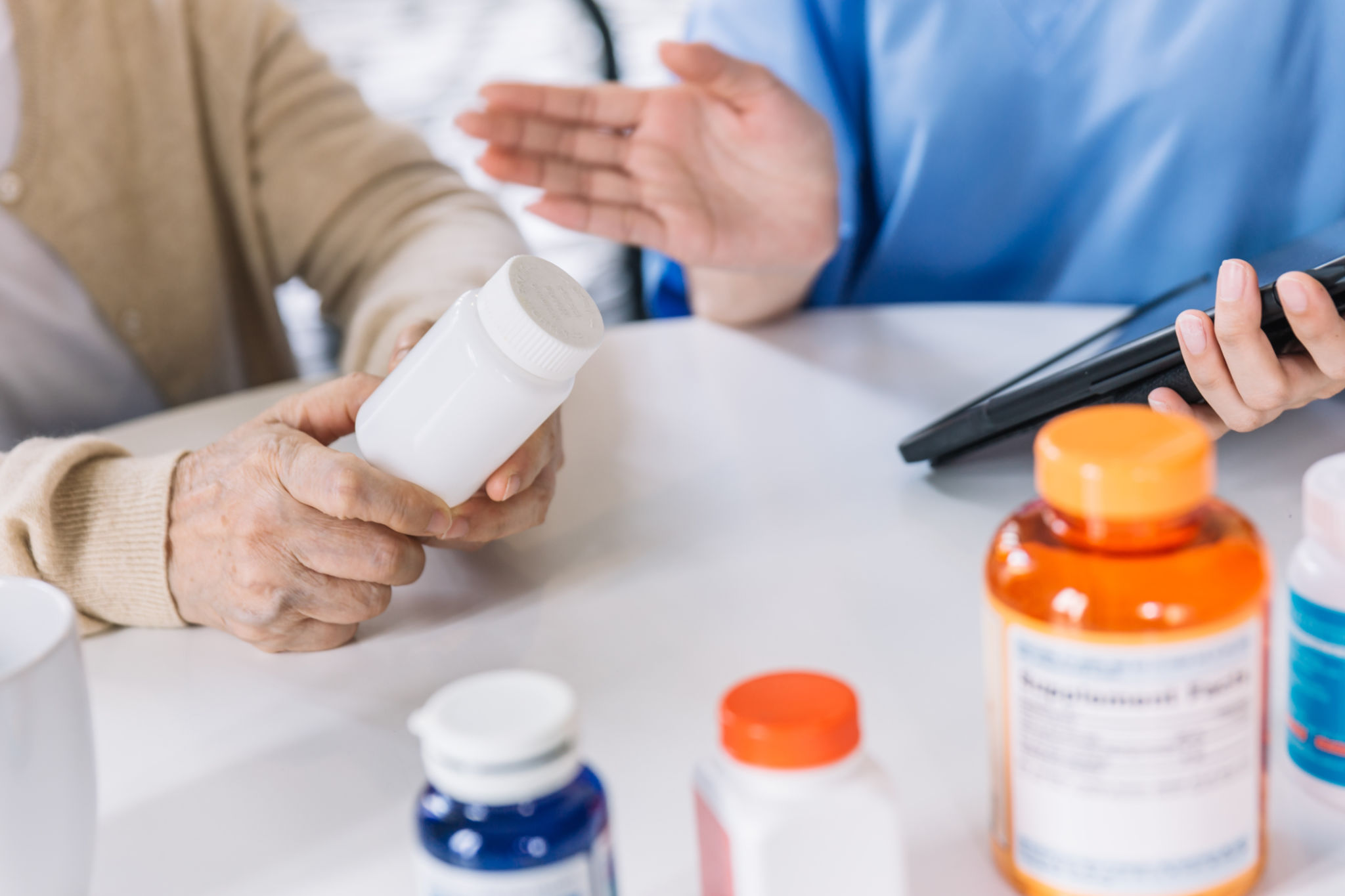Top Myths About Facility Blood Draws Debunked
When it comes to facility blood draws, there are a number of misconceptions that can lead to unnecessary worry and hesitation. Understanding the reality behind these myths can help ease anxieties and provide clarity for those needing this essential medical service.
Myth 1: Facility Blood Draws Are Painful
One of the most common myths is that blood draws are inherently painful. While it’s true that the sensation can vary from person to person, most people experience only a slight pinch. Medical professionals are trained to perform blood draws efficiently and with minimal discomfort.

Using modern techniques and equipment, the process has become more comfortable than ever. If you're concerned about pain, communicate with the healthcare provider, as they can take additional steps to make the experience as pleasant as possible.
Myth 2: Blood Draws Are Risky
Another prevalent myth is that blood draws pose significant health risks. In reality, blood draws are a standard procedure with very low risk. Facilities follow strict protocols to ensure safety, including using sterile equipment and following proper hygiene practices.
Complications such as bruising or infection are rare and can usually be avoided by following aftercare instructions provided by the healthcare professional.

Myth 3: You Can’t Eat or Drink Before Any Blood Test
Many people believe they must fast before every blood test, but this isn't always true. While fasting is necessary for certain tests, such as glucose or cholesterol levels, others may not require it. It's crucial to follow the specific instructions given by your healthcare provider regarding fasting.
Failing to follow these instructions can affect the accuracy of the test results, so when in doubt, consult with your healthcare professional.

Myth 4: Blood Draws Take a Long Time
Some individuals worry that facility blood draws will consume a significant amount of their time. However, most blood draws are quick and efficient, often taking less than 15 minutes for the entire process, including paperwork and preparation.
Facilities are designed to streamline the process, minimizing wait times and ensuring that patients can get back to their daily activities swiftly.
Myth 5: You Need an Appointment for Every Blood Draw
While appointments can be helpful, many facilities offer walk-in services for blood draws. This flexibility is especially beneficial for those with busy schedules or urgent needs. However, checking with the specific facility beforehand can help in planning your visit more effectively.

Debunking these myths can lead to a more informed and less stressful experience when it comes to facility blood draws. Understanding the facts allows patients to approach this routine procedure with confidence and ease.
